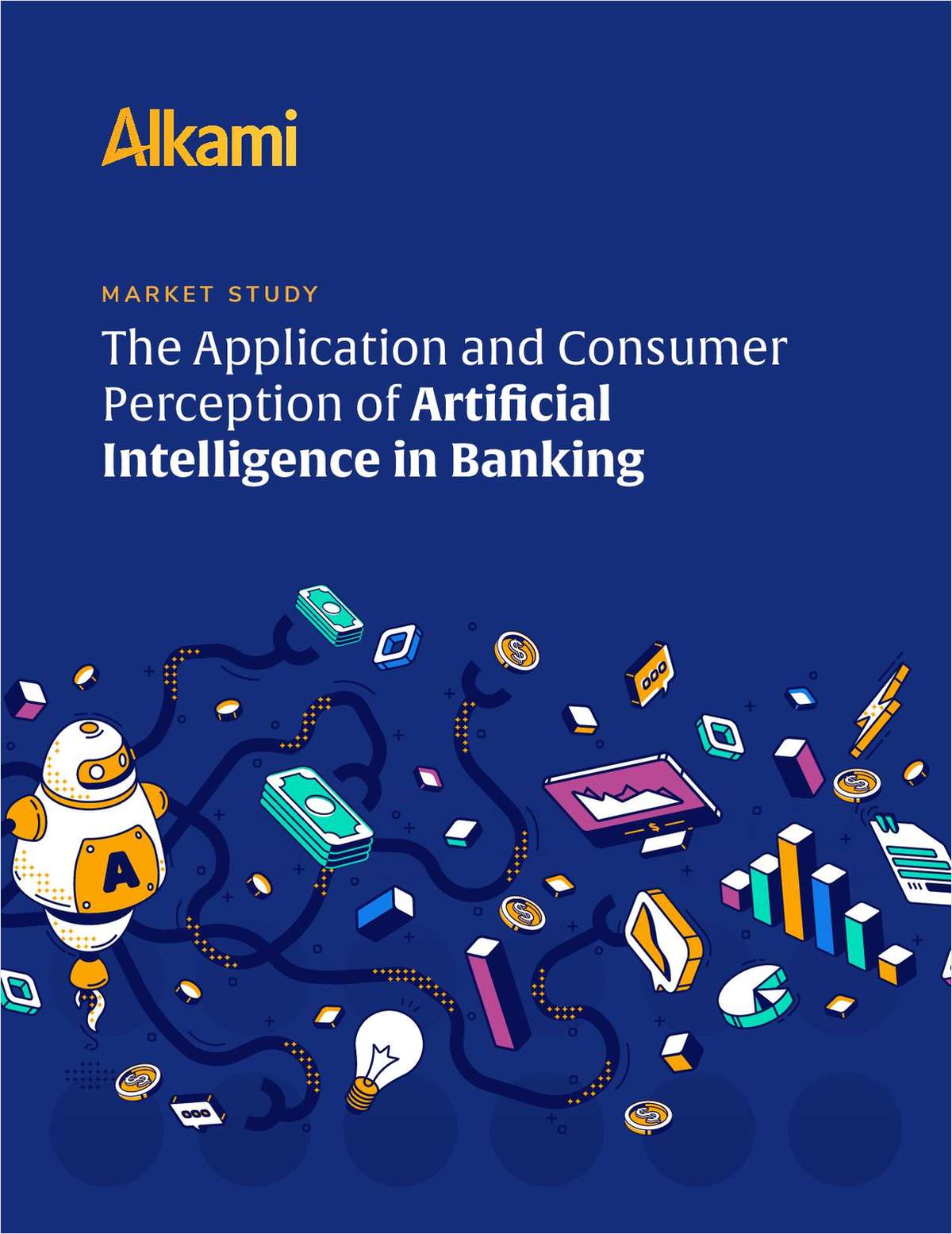Establishing a digital presence and being available online means you must fully embrace technology. Fortunately, there are many new ways to accomplish this, thanks to an array of resources offered by financial experts and third parties.
Plus, by employing digital technology, you can track and measure in real time which marketing strategies are producing the results you want and where you need to make adjustments.
“People are expecting to interact with technology in all aspects of their lives. The best advisors have incorporated it into their offerings — and marketing is no different,” Jessica Liberi, vice president of product development for financial software maker eMoney Advisor, said.
The move to digital marketing by FAs has been evolutionary and continues at a steady but relatively slow pace. “Financial advisors have been looking into online marketing, including social media, to target younger prospects, and we've seen a lot of advisors adopting tools like video,” Isabella Fonseca, a senior research analyst at Aite Group, an industry research firm, said. “More and more have been made available. But the adoption [of them] isn't as mature” as the technology itself.
In fact, “If advisors don't have a strong digital presence and automation that people have come to expect, [their] firm may not be seen as modern or as capable as a competing one,” Marie Swift, president/CEO of Impact Communications, said.
Being Social Savvy
Social media is at the heart of most financial experts' digital-marketing efforts. By picking up information posted by investors on their social networks (Facebook, Twitter and the like), advisors can find out what's happening in prospects' and clients' lives.
In partnership with Hearsay Systems, Raymond James is even providing dozens of “Social Signals” to its independent and employee FAs to keep them up to date on important personal events that have financial implications for their clients — a new marriage, job change, relocation, birth of a grandchild, etc.
Advisors receive alerts about such happenings when they're posted by members of their social network. “All these represent money in motion and an opportunity for advisors to educate people on [investments] they might consider that [could] come with the change,” White explained.
Advisors can also check investors' social media postings. “This isn't stalking. People are communicating these things through social media. It's just being disciplined around listening for what's happening,” the CMO said. “Technology is just extending what advisors have always done to market their practices.”
More Automation, Video
Marketing automation software can also push out messages to lots of people. It is often used for scheduling communications with prospects at specific intervals, such as daily or weekly, and at a set time of day.
Marketing to existing clients is a strong way to employ digital technology, too, and automation lets advisors do “micro-targeted marketing,” Pershing's LaHuta said. Account aggregation, for instance, can be doubly useful with its holistic view of a client's account, including assets held at other firms or cash flowing into credit union accounts.
“The advisor might say, 'I see that you just sold your house. What do you have in mind for investing that money?'” LaHuta explained. “The technology of account aggregation is a fantastic marketing tool to find opportunities to increase wallet share.”
Video is another important marketing tool, of course, and smart advisors increasingly are featuring it on their websites. But the productions should never be dull, MacKillop of First Ascent said. “Typical ones are of people standing woodenly in front of a camera. You need to give someone more of a feeling rather than [sharing] facts and figures,” he said.
The use of new technology should not replace traditional marketing methods, such as seminars, experts say. But as digital technology is applied more frequently to all aspects of an advisor's practice, it is reasonable to expect that the practice will evolve widely into one with a hybrid business model, or what is currently referred to as a bionic advisor.

The key is to find the right balance of digital advice and human advice, Swift said. “The future is already happening around us. But advisors shouldn't be scared by the way technology is enhancing the client experience.”
To be sure, some industry leaders have no fear. Next year, for example, Carson will offer what he calls “a half robot/half human” advisor, as well as a “100% digital experience.”
“The next generation is going to judge who they do business with purely on value. The relationship is important but not nearly as important as it used to be. That's now table stakes,” Carson said.
By year-end, Raymond James plans to launch its Connected Advisor digital advice platform for clients with lower asset levels and less complex investment needs. “We're taking parts of the client-advisor relationship that are more commoditized [to use in Connected Advisor] but making sure the advisor is still front and center for more sophisticated advice like financial planning,” White explained.
Announcing the platform in January, Raymond James described it as focused on “robo-advisor-like technologies.” While White says he's “not a big fan of the term 'bionic advisor' because it feels like the technology is becoming a more important part of the relationship,” the chief marketing officer acknowledges that “there's something [to the concept]. But we're using technology to enable the advisor, not disintermediate them.”
As helpful and ultimately cost-effective as digital technology may be, many advisors remain hesitant to use it for marketing and other purposes.
“That resistance is foolish because advisors need to keep up with the times. Eventually, they're going to exit the business or sell it, and embracing digital solutions will help them build value and equity in the firm,” Swift said.
But advisors should always keep this in mind: “It's important to recognize the need for the human touch,” MacKillop said. “Clients' fundamental desire is to have an emotional connection with the people they're working with.”
Continue Reading for Free
Register and gain access to:
- Breaking credit union news and analysis, on-site and via our newsletters and custom alerts
- Weekly Shared Accounts podcast featuring exclusive interviews with industry leaders
- Educational webcasts, white papers, and ebooks from industry thought leaders
- Critical coverage of the commercial real estate and financial advisory markets on our other ALM sites, GlobeSt.com and ThinkAdvisor.com
Already have an account? Sign In Now
© 2024 ALM Global, LLC, All Rights Reserved. Request academic re-use from www.copyright.com. All other uses, submit a request to [email protected]. For more information visit Asset & Logo Licensing.









